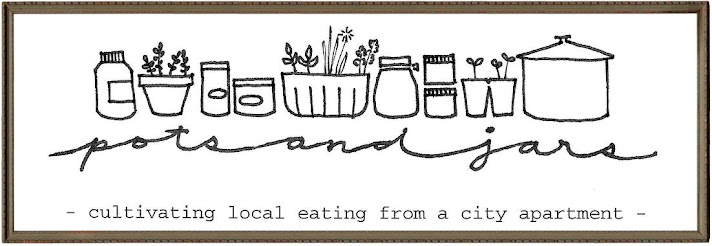Don't get me wrong. Foodshare's Good Food Box program is amazing. Healthy, extra fresh, super-affordable and mostly local produce. Why everyone isn't jumping on this program is beyond my scope of understanding.

But in my opinion, Community Supported Agriculture (CSA) is one-step up, if you're interested in supporting local growers and you have a bit more money to spend. You may remenber that in 2008, I participated in the Everdale CSA program. Loved it.
My partner thought it would be a great idea to start a "CSA Collective" in our apartment building. He was right; it was a great idea. After some research, I found out that Plan B was the only CSAs that offered home delivery in Toronto. So we spread the news, and in the end, four of neighbors and friends signed up with us. We all now receive a weekly delivery of organic, local fruits and vegetables delivered to our door. Plan B even offered to waive the delivery charge since we had a sizeable order.
This week's share: strawberries, spinach, asparagus, green onions, leaf lettuce, shiitake mushrooms, and the sweetest, crunchiest little red apples I have ever eaten.
Life is a little better thanks to CSA.











